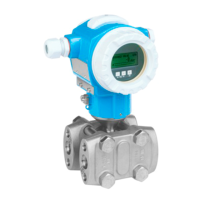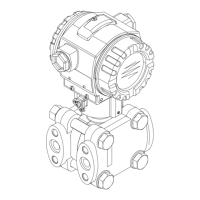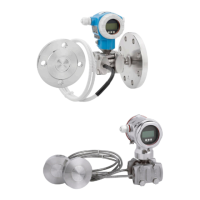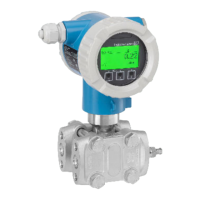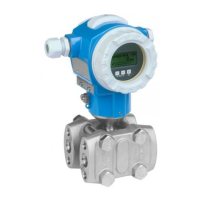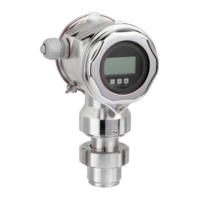Deltabar S
Endress+Hauser 13
Use in protective systems
Device behavior during
operation
Device behavior during power-up
Once switched on, the device runs through a diagnostic phase for approx. 30 seconds. The current
output is set to approx. 12 mA, than 4 mA before going to the actual current.
Communication via HART is not possible during the diagnostic phase.
Behavior of device in event of alarms
The output current on alarm can be set to a value of ≤ 3.6 mA or ≥ 21.0 mA.
In some cases (e.g. failure of power supply, a cable open circuit and faults in the current output itself,
where the error current ≥ 21.0 mA cannot be reached), output currents ≤ 3.6 mA occur irrespective of
the configured error current.
In some other cases (e.g. cabling short circuit), output currents ≥ 21.0 mA occur irrespective of the
configured error current.
For alarm monitoring, the downstream logic unit must be able to recognize failure currents of the
upper level for signal on alarm (≥ 21.0 mA) and the lower level for signal on alarm (≤ 3.6 mA).
Alarm and warning messages
Additional information is provided by the alarm and warning messages in the form of error codes
1)
and
associated clear text messages.
In the case of devices with firmware version ≤ 02.20.04, certain messages in the SAFETY
CONFIRM. menu (increased security during parameter entry) are automatically set from warning
to alarm, see Table ä 14.
Do not use the SAFETY CONFIRM. sequence if the device is operated outside the set current or
measuring range in applications.
‣ Standard device configuration and software/hardware locking is recommended in such
applications.
The behavior during operation and in case of failure is described in Operating Instructions
BA00270P/00/EN.
1) The error codes are listed in the Operating Instructions.

